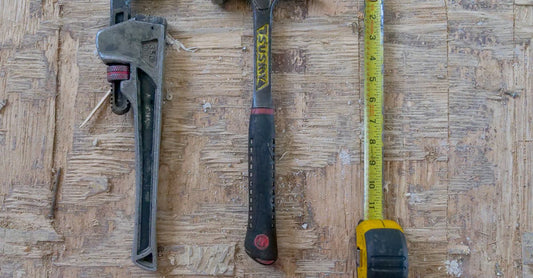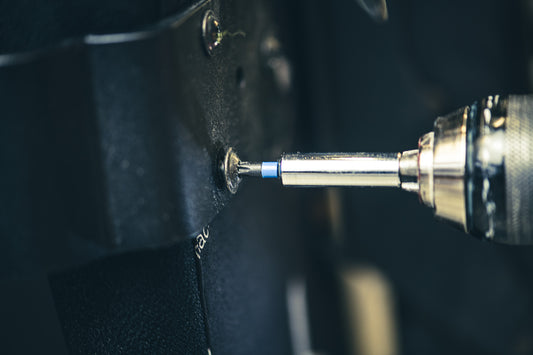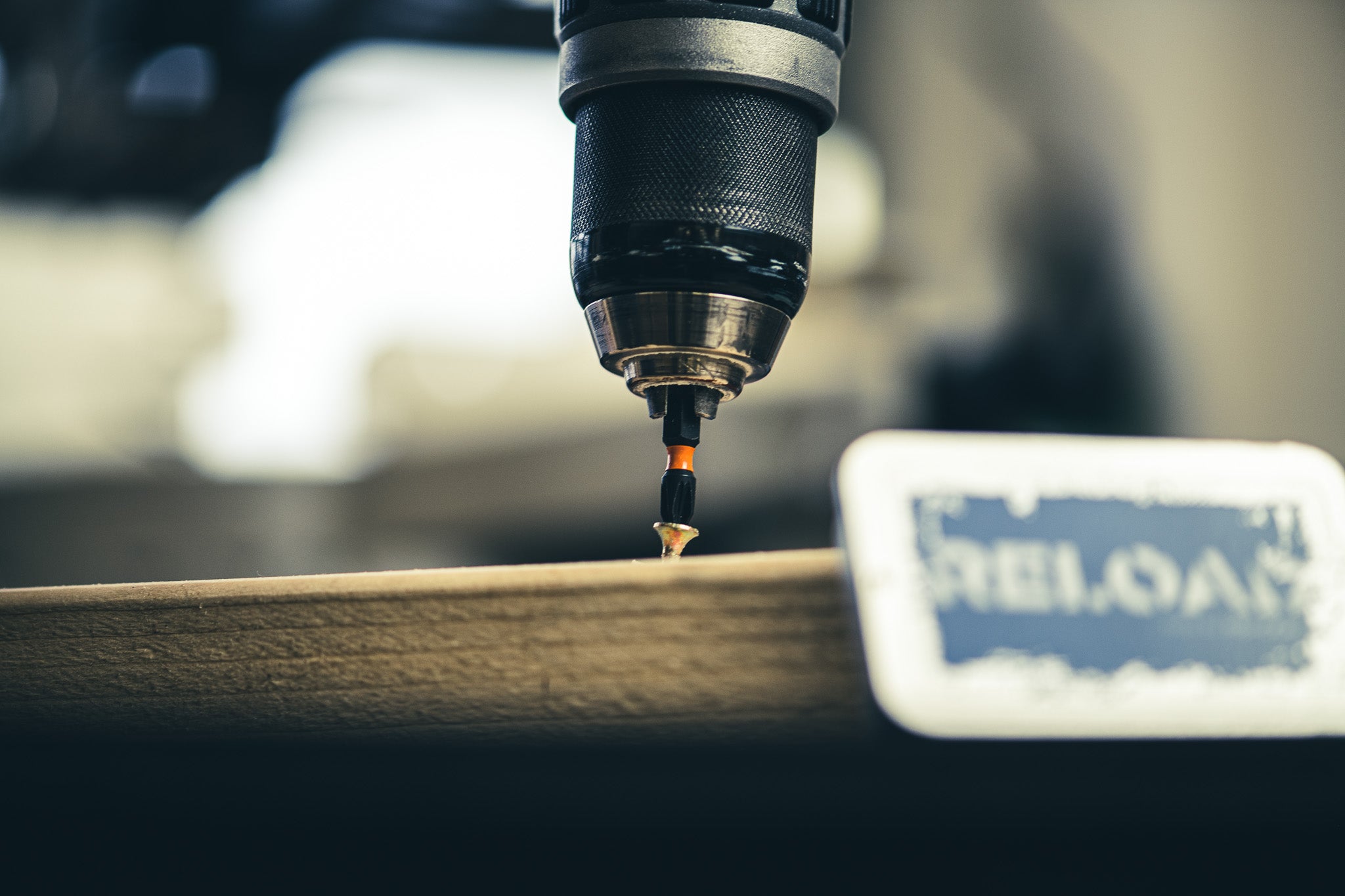In-ter-sect-ing hole drill-ing
Intersecting, hole, drilling
The process of drilling two or more holes that intersect each other.
Example usage: We need to use intersecting hole drilling to secure the frame.
Most used in: Construction sites in the US.
Most used by: Carpenters, electricians, and other tradespeople.
Popularity: 8
Comedy Value: 3
Also see: Cross-drilling, Intersecting bore, Cross-boring, Intersection drilling,
What is Intersecting Hole Drilling?
Intersecting hole drilling is a type of plumbing construction technique used to connect two pipes in the same plane. It involves drilling a hole in one pipe and then connecting the two pipes together by drilling a hole in the other pipe that intersects with the first hole. This technique is commonly used in plumbing systems to connect two pipes in the same plane and is often used to connect two different types of pipes.
Intersecting hole drilling is a relatively simple plumbing technique that does not require special tools. The process involves drilling a hole in one pipe and then connecting the two pipes together by drilling a hole in the other pipe that intersects with the first hole. The holes should be drilled at an angle that allows the two pipes to be connected securely and without leakage. The size of the holes will depend on the size of the pipes and the type of connection being made.
Intersecting hole drilling is an important plumbing technique and is used in a variety of applications. According to the Bureau of Labor Statistics, plumbers use intersecting hole drilling to connect pipes in home construction, industrial and commercial plumbing projects, and water supply systems. This technique is also used to connect different types of pipes in order to form a complete plumbing system.
Intersecting hole drilling is a simple plumbing technique that can be used to quickly and effectively connect two pipes in the same plane. This technique is used in a variety of plumbing applications and can provide a secure connection between two different types of pipes. When used correctly, intersecting hole drilling can provide a strong and leak-free connection for a plumbing system.
The Origins of Intersecting Hole Drilling in Plumbing Construction
Intersecting hole drilling is a technique used by plumbers to connect two or more pipes. It involves drilling a hole through both pipes in order to make a connection. The term was first used in the early 1900s in the United States and was popularized by the American Society of Plumbing Engineers (ASPE).
This technique has become more popular in recent years as it allows for a much faster and more efficient connection than traditional methods. It also allows for a more secure connection as the pipes are connected directly without the need for adhesives or other materials. This method is also used for creating connections between pipes of different sizes or materials.
Intersecting hole drilling is an important part of plumbing construction and has been used for many decades. It is a reliable and efficient method for connecting pipes and has become the go-to technique for many plumbers.




